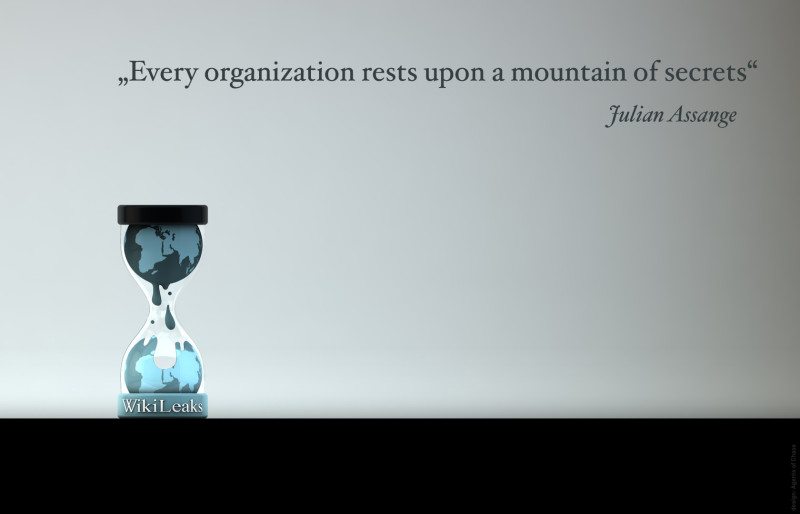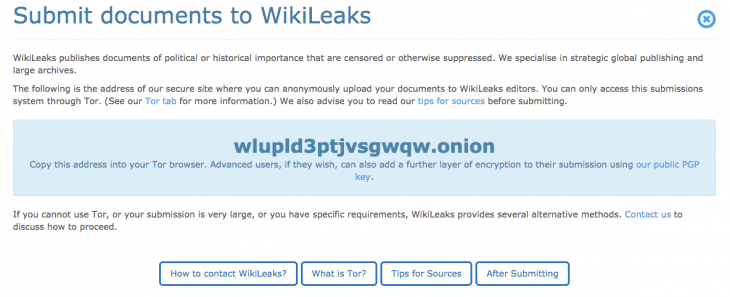WikiLeaks Starts Accepting Secret Documents Again
Ashley Allen / 10 years ago

Nearly five years after closing its of its secret drop portal, WikiLeaks is again accepting secret document submissions. The organisation’s old platform was closed in 2010 after an internal dispute over security, resulting in staff deleting its encryption keys for fear of compromising the identities of its sources.
Though journalists and media outlets have been using Secure Drop and GlobaLeaks for secret disclosures in the meantime, WikiLeaks maintains that it does not consider the two platforms secure enough for its needs. Instead, it has launched its own proprietary platform, running through Tor. The system, opened to the public today, was thoroughly tested in the months leading up to release, though is still in beta.
In a blog post on the WikiLeaks website, founder Julian Assange, still in exile in London’s Ecuadorian embassy, said:
“Other submission technologies inspired by WikiLeaks, such as the European-based GlobaLeaks and the US-based Secure Drop, while both excellent in many ways, are not suited to WikiLeaks’ sourcing in its national security and large archive publishing specialities. The full-spectrum attack surface of WikiLeaks’ submission system is significantly lower than other systems and is optimised for our secure deployment and development environment. Our encrypted chat system is integrated into this process because sources often need custom solutions.
For example, one of the problems with public-facing submission systems is bootstrapping. The fact that a source is looking at instructions that are telling them how to submit material could be used as evidence against them if there is an SSL key break. To prevent this, we deploy the full bootstrap instructions and keys on millions of WikiLeaks pages across our full server network. When the “Submit” button is pressed, there is literally zero network traffic as a result, because all these details are downloaded everytime anyone looks at nearly any page on WikiLeaks. We cover the source bootstrap process with our millions of page views by readers.”

Thank you The Next Web for providing us with this information.
Image courtesy of WikiLeaks.



















